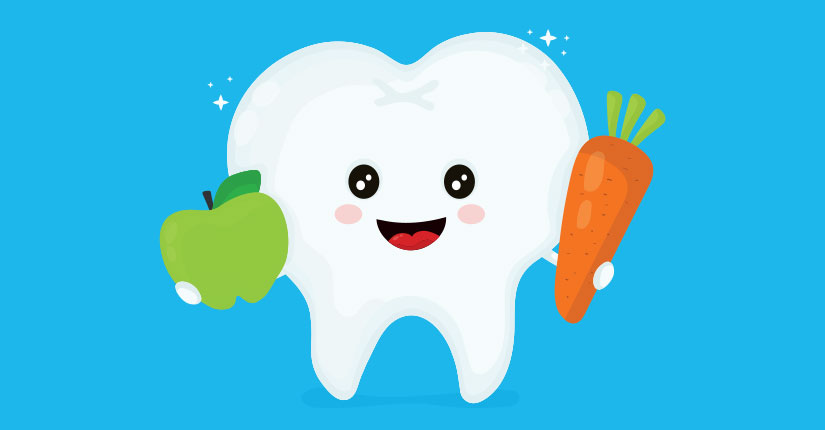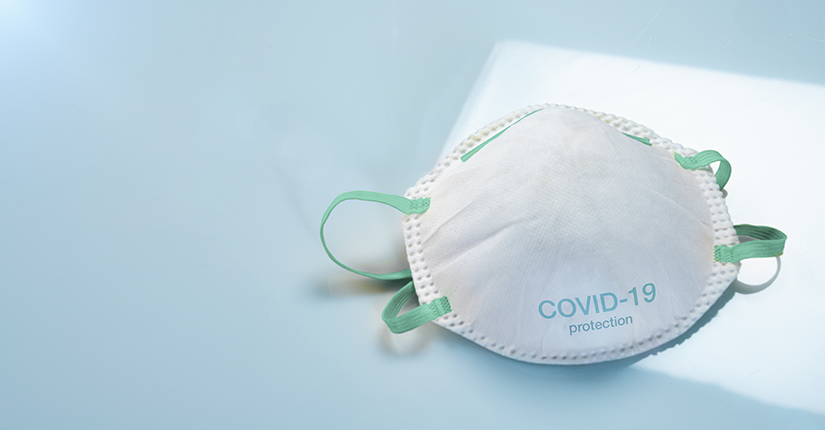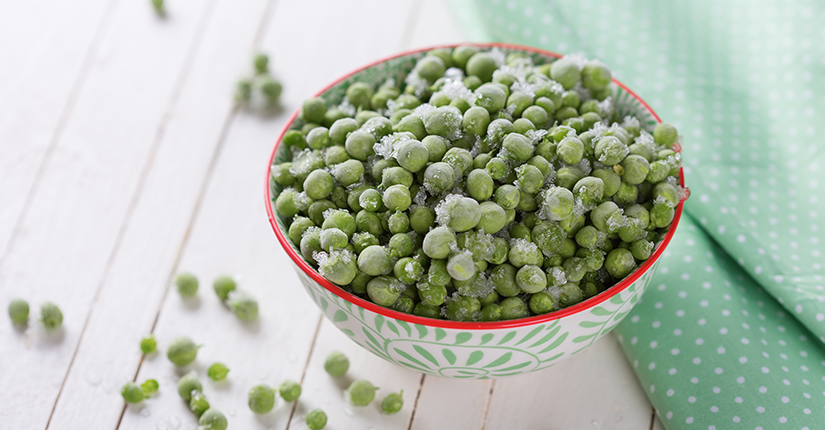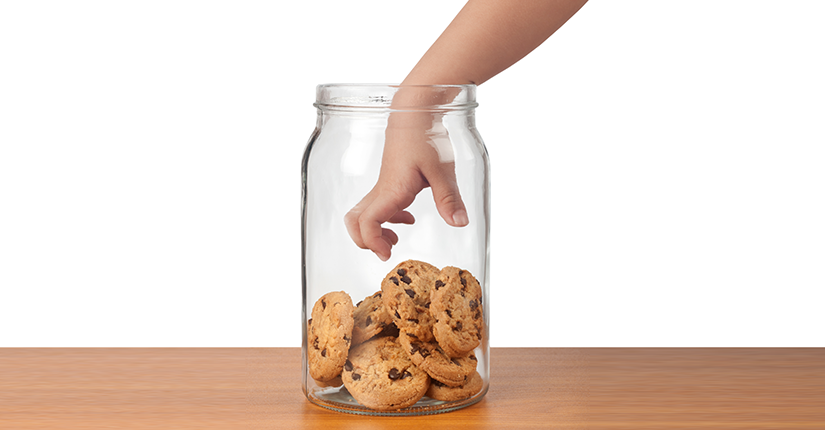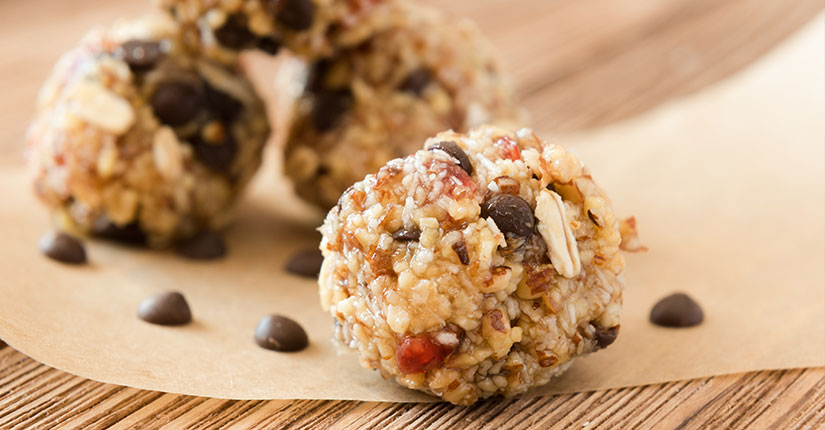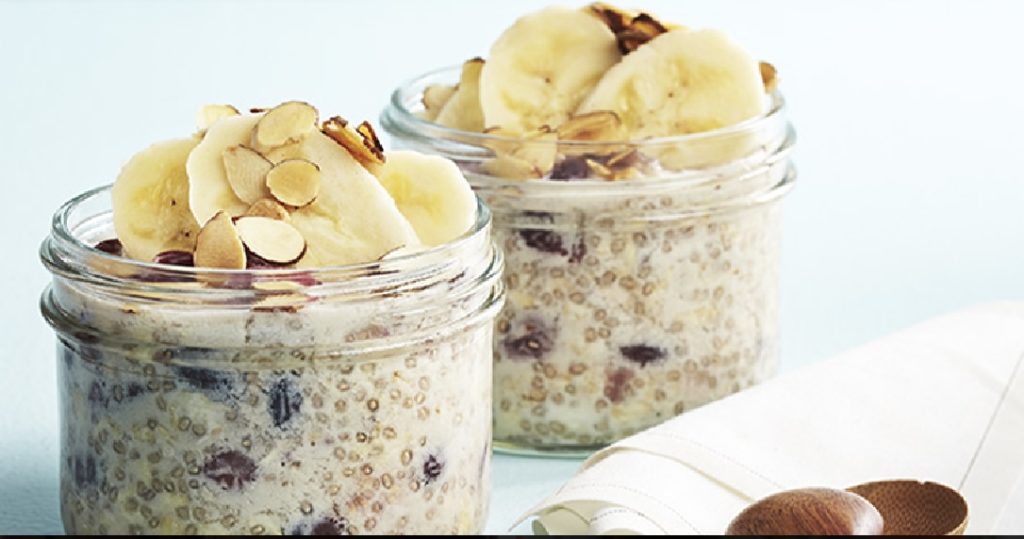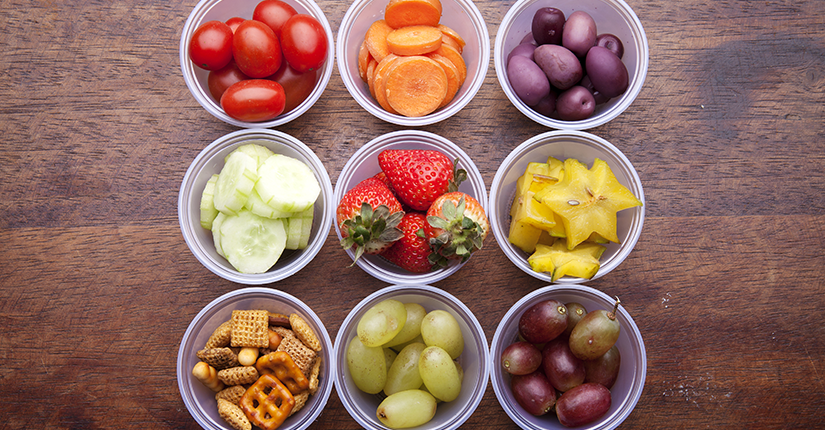Food Label Claims: Separating Fact from Fiction
By Nmami Agarwal 15-Mar 2021 Reading Time: 5 Mins
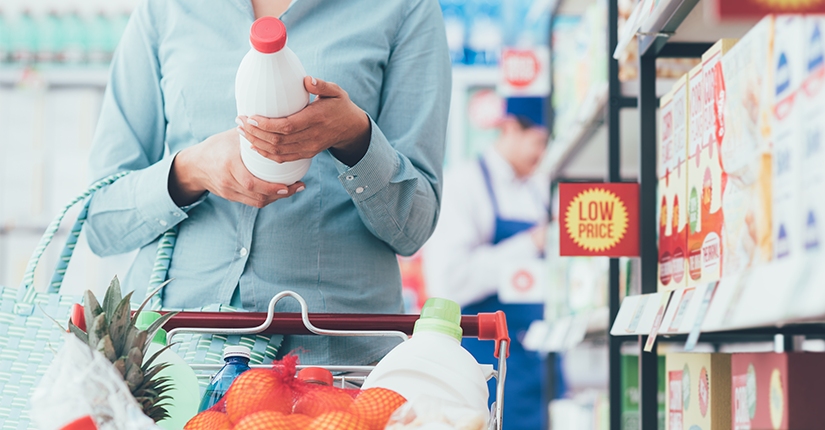
We face making choices every day that will affect our health. Buying food is one of those important decisions. Yet, it is not always easy to make the right choice. With a wide variety of products on the market and so much information, it is very difficult to know what the right choice actually is. Food Nutrition labels provide a wealth of useful information, stating accurate serving sizes, calories and fats per serving as well as specific details about vitamins, nutrients and added sugars.
Given the complexity of food labelling regulations, it’s no surprise the average person doesn’t understand the labels correctly. It is vital now than ever to know how to read labels and distinguish fact from fiction.
- Servings per Package and Sizes: When looking at the Nutrition Facts label, first take a look at the number of servings in the package (servings per container) and the serving size. The serving size reviews the amount that people typically eat or drink and not a recommendation of how much you should eat or drink. Always match your portion size (the amount you actually eat) to the serving size listed on the panel. Then, if the serving size is one cup and you eat two cups, you are getting twice the calories.
- Let the Percent Daily Values be your Guide: Daily Values are average levels of nutrients of a person eating 2000 calories in a day. A food item with 5% DV of fat provides 5% of total fat that a person consuming 2000 calories a day should eat. To be precise, Percent DV is for the entire day, not just one meal or snack.
- Calories: Calories provide a measure of how much energy you get from a serving of this food. The calories listed are for one serving only. Keep in mind your total daily calorie needs. For example, there are 280 calories in one serving of one slice of pizza. What if you ate the entire one? In short consuming 4 servings, or 1,120 calories all together.
- Low-fat or Low sugar: This label does not necessarily mean it is “healthy”. When they take out fat and/or sugar, they have to replace it with something. That ‘something’ is often a chemical compound designed to mimic the flavour and composition of the ingredient that has been removed.
- Nutrients Present: Nutrients are substances that bodies need to grow and to work right. The Nutrition Facts label shows that the first nutrients listed are the ones we should try to eat less of. That includes: fat, saturated fat, trans fat, cholesterol, and sodium. The next listed are ones we should try to eat more of. They include: dietary fibre, vitamins, calcium, and iron.
People should eat a balanced diet based on their activity level, age and caloric needs. Understanding all of this information simply serves as a roadmap to directing the consumers to make more informed and healthier food choices.
Over to you:
Later when you go shopping, be armed with knowledge and information. It will perhaps keep you and your family healthy. And remember not to “buy in” to the clams on the front of the package. Read the back of the package!




